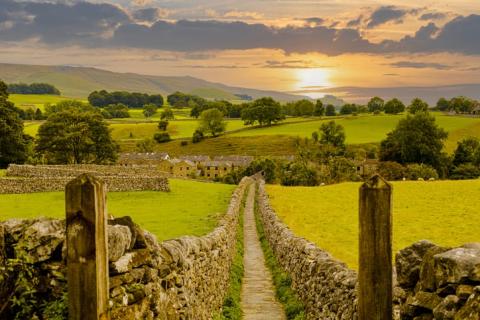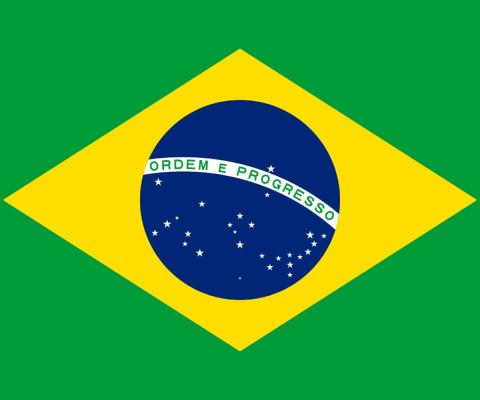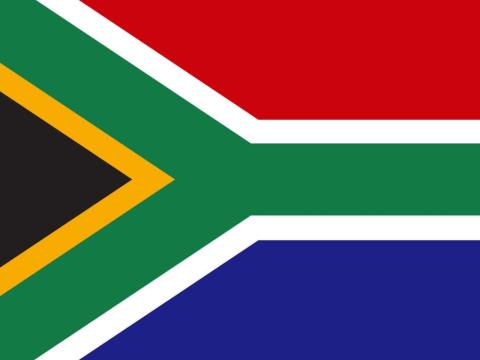How Much Do You Know About the Amazon River?
Where does the Amazon River originate?
- Originating in the Andes Mountains, the Amazon River comes from Peru before flowing towards the sea.
How many countries does the Amazon River flow through?
- Winding through several countries of South America, the Amazon River touches the soil of 6 nations before emptying into the Atlantic Ocean.
How long is the Amazon River?
- The Amazon River is widely considered the longest river in the world, and it’s also the largest river by volume.
What group of fish can be found in the Amazon River?
- All three of these fish exist with their natural habitat being the Amazon River.
The Amazon River has how many tributaries that branch off of it?
- The Amazon River has around 1,000 tributaries that separate out and spread through the surrounding area.
Approximately how much of the Amazon River is situated in Brazil?
- Though it originates in Peru, the Amazon River winds its way through Brazil more than any other country in South America.
What percentage of all oceanic freshwater is provided by the Amazon River?
- By giving an output of around 210,000 cubic meters of freshwater per second directly into the Atlantic Ocean, the Amazon River provides 20% of the total amount.
How wide does the Amazon River get during the wet season, between December and April?
- During the Amazonian wet season, the width of the river can get up to 48 kilometers (around 30 miles) as it swells from storms and meltwater.
What is the largest city along the banks of the Amazon River?
- As the seventh-largest city in the country, located in the Brazilian state of Amazonas, Manaus covers 11,401 square kilometers with a population of around 2.20 million people.
Amazon River researchers have discovered which interesting fact about this waterway?
- The Amazon River continues to surprise researchers as an ancient waterway that holds many intriguing mysteries and unexpected discoveries, including an entire coral reef, a change in flow patterns, and no longer being connected to the Pacific.






